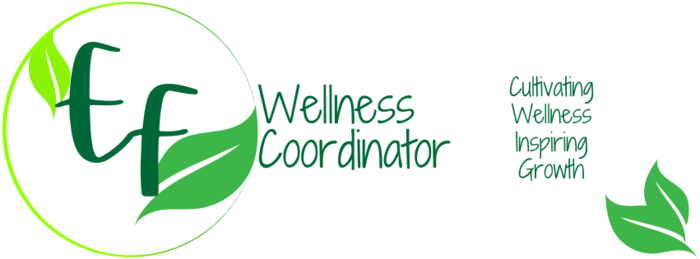Exercise myths that need to go for good! March 14 2023
5 Common Exercise Myths
If you plan on exercising regularly (which you should!), it is important to understand some of the most common exercise myths. In order to gain the benefits of exercise, you need to be aware of what information will hinder or help your workout! There are certainly many more myths out there, and I’m sure you’ve heard your fair share, too; however, I’ve touched on some of the common myths that I have been approached with over the course of the last several years.
Exercise Myth #1: No pain, no gain
Oftentimes people believe that getting the most out of their workout requires putting the body through a painful experience. This is far from the truth! There are many benefits that can be achieved through physical activity that does not require extreme exertion. You can even achieve benefits of exercise without needing to break a sweat! In fact, doing too much, too soon increases the risk of injury and can also cause (delayed onset) muscle soreness—also referred to as DOMS. If you worked out too hard, the muscle soreness may take days to return to a normal state, thus potentially keeping you from performing daily exercise or even simple everyday tasks. Therefore, your exercises should be slightly challenging, but within your body’s capabilities!
Exercise Myth #2: Spot training
Many people believe that if they perform numerous crunches that they will develop a flat stomach or a six pack! If only it were so easy! There is no such thing as spot training (exercising a certain muscle or muscles in order to lose fat in that particular region). First of all, cardio activities—using large muscles for an extended period of time—play a larger role in fat reduction than strength exercises; therefore, doing crunches to reduce body fat is not the ideal approach to take. Secondly and unfortunately, your body decides where it will store or shed fat. Most of the time, genetics plays a major role in where you store the most body fat. Some people have a tendency to store fat in their buttocks or hips, whereas others may store more around the midsection. Don’t become discouraged about any ‘problem areas’; continual exercise—which includes cardiovascular, strength, and flexibility activities— combined with a solid nutrition plan will help you increase your fitness levels as well as help you achieve or maintain a healthy weight.
Exercise Myth #3: Women will become bulky if they perform strength exercises
Women have the capability to increase their muscle mass when strength training; however, women cannot build muscle at the same capacity as men can, naturally. Testosterone—as well as other hormones—is required to build large, bulky muscles. Women are not capable of producing massive muscles because they simply do not secrete enough testosterone to do so. There are women who inject male hormones—such as testosterone—in order to achieve an unnatural extreme muscular build, which is not something I recommend! Women are encouraged to perform strength exercises because it helps to build and maintain muscle mass as well as bone density, both of which gradually decline with increased age. So start lifting, ladies!
Exercise Myth #4: More protein means more muscle!
Our society today believes that protein is extremely important! It IS important, but culturally we are consuming more than what our body needs. An ideal diet will contain 55-65% carbohydrate, 20-30% fat, and 10-15% protein of total daily calorie intake. Muscle building occurs from engaging in strength training exercises and eating a protein rich meal one hour post exercise. While exercising, muscle fibers will tear and rebuild themselves within a few days (hence the muscle tenderness you may feel after a strength workout). During this rebuilding process is when muscle size can increase. Essentially you muscles break down in order to build back up and then some! It is important to know that strength exercises should not be performed on consecutive days in order for the muscles to have adequate time for repair. To conclude, the most important aspects of muscle building is combining challenging strength exercises (immediately followed by a protein-rich food source) with sufficient rest periods in between workouts.
Exercise Myth #5: If I’m not losing weight, I’m not getting any healthier
There are so many health benefits that exercise provides other than changes in body composition. Your risk for cardiovascular and metabolic disease decreases as you become more active. Adequate physical activity is described as 150 minutes of moderate aerobic activity per week or vigorous aerobic activity for a total of 45-60 minutes per week. By achieving this amount of physical activity, your blood pressure and total cholesterol can decrease, your glucose and insulin sensitivity can increase, and stress levels can decrease (Plowman and Smith, 2011). Even if your body weight has not changed much, your health profile has improved dramatically and oftentimes your body composition has changed (clothes fitting better, smaller waistline, etc.)! In fact, fit individuals who are obese have a lower risk of all-cause mortality than unfit, normal weight or unfit, lean individuals (Plowman and Smith, 2011). Try not to become too concerned with the number of the scale and focus more on the way you feel!
